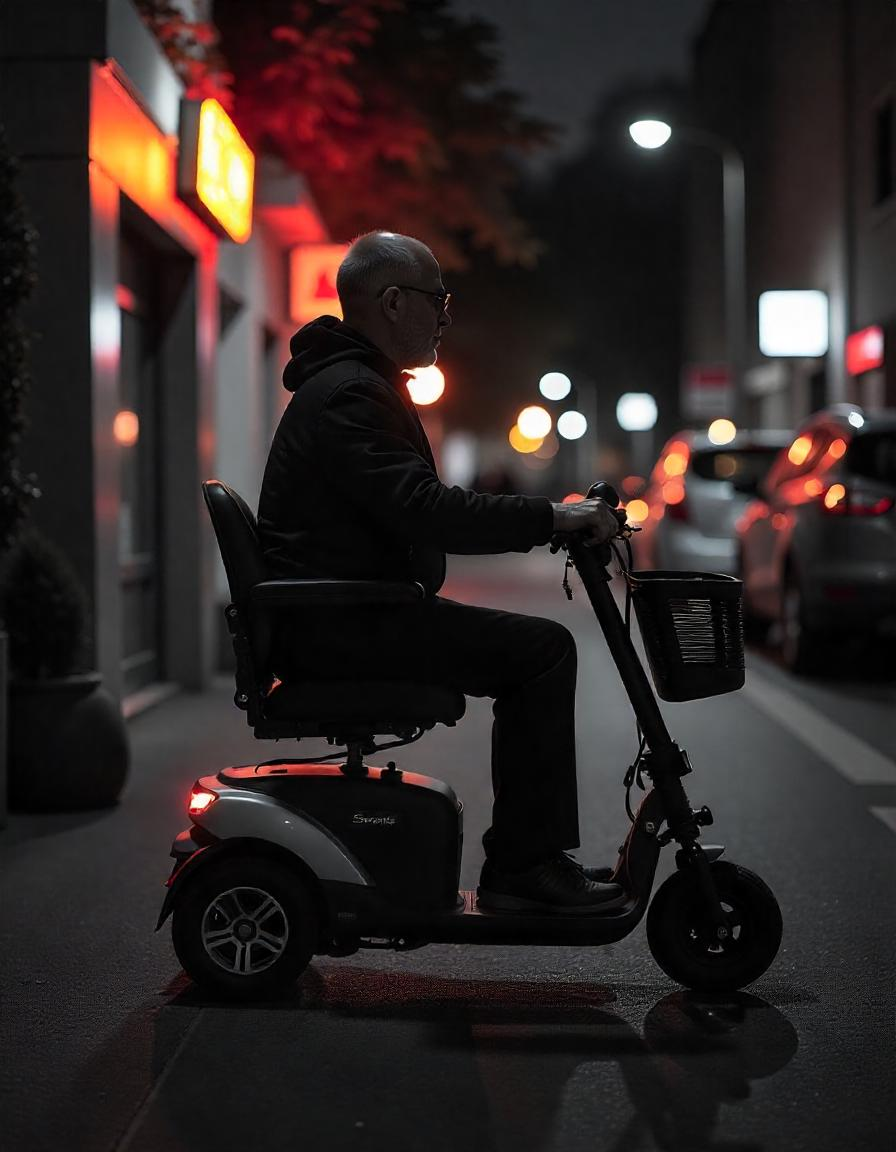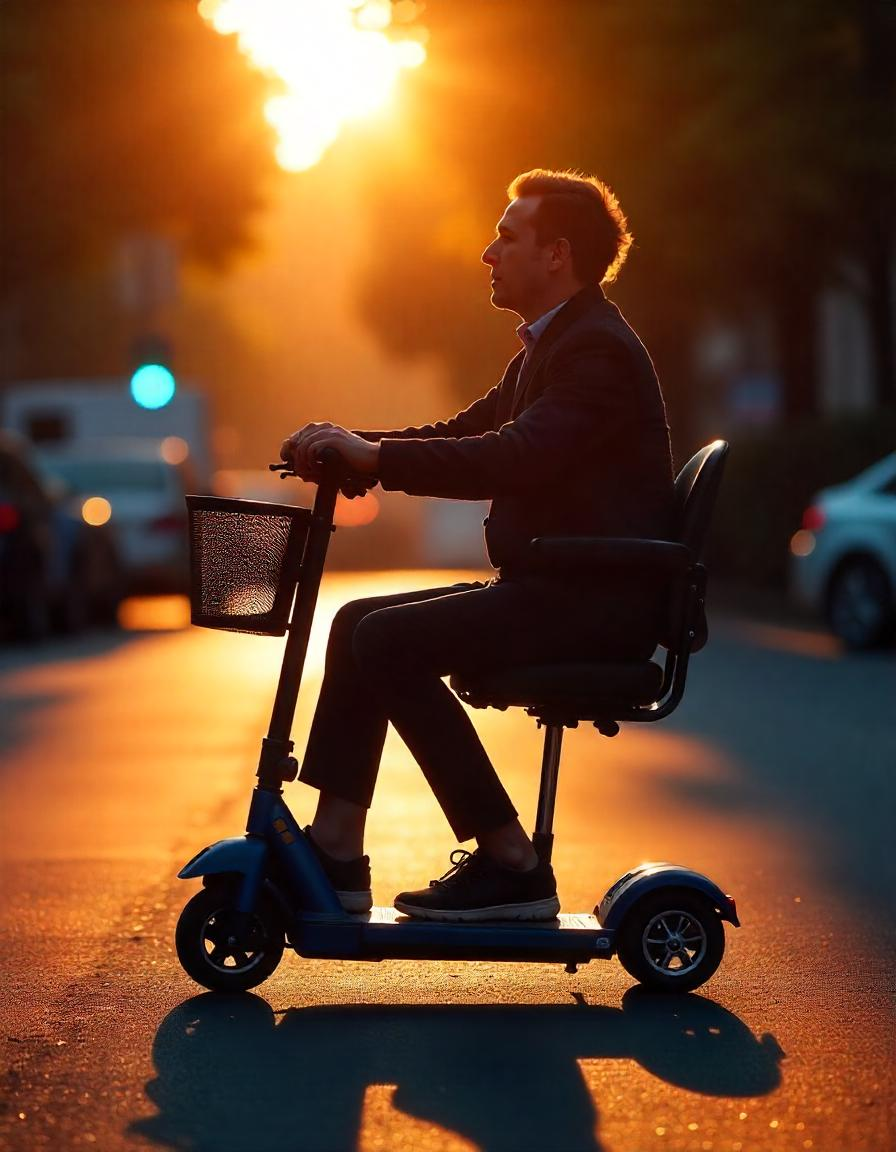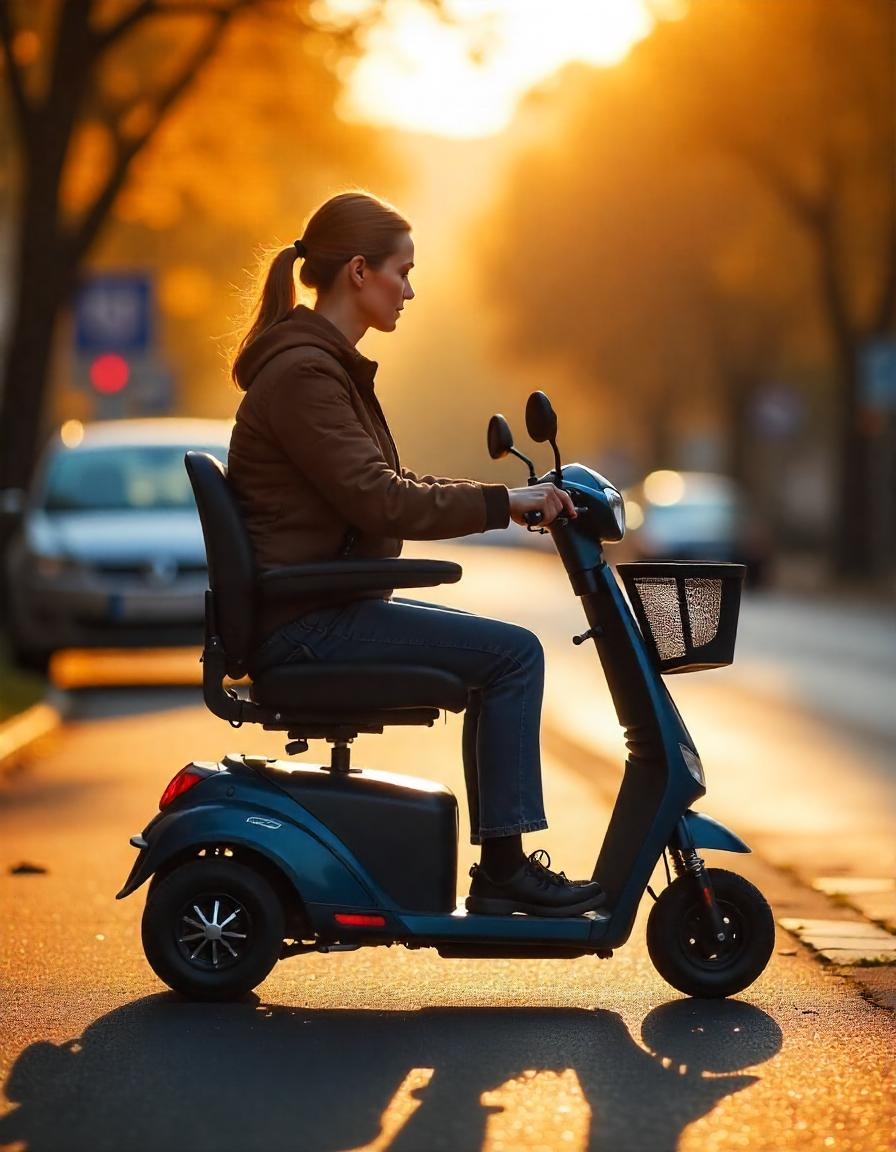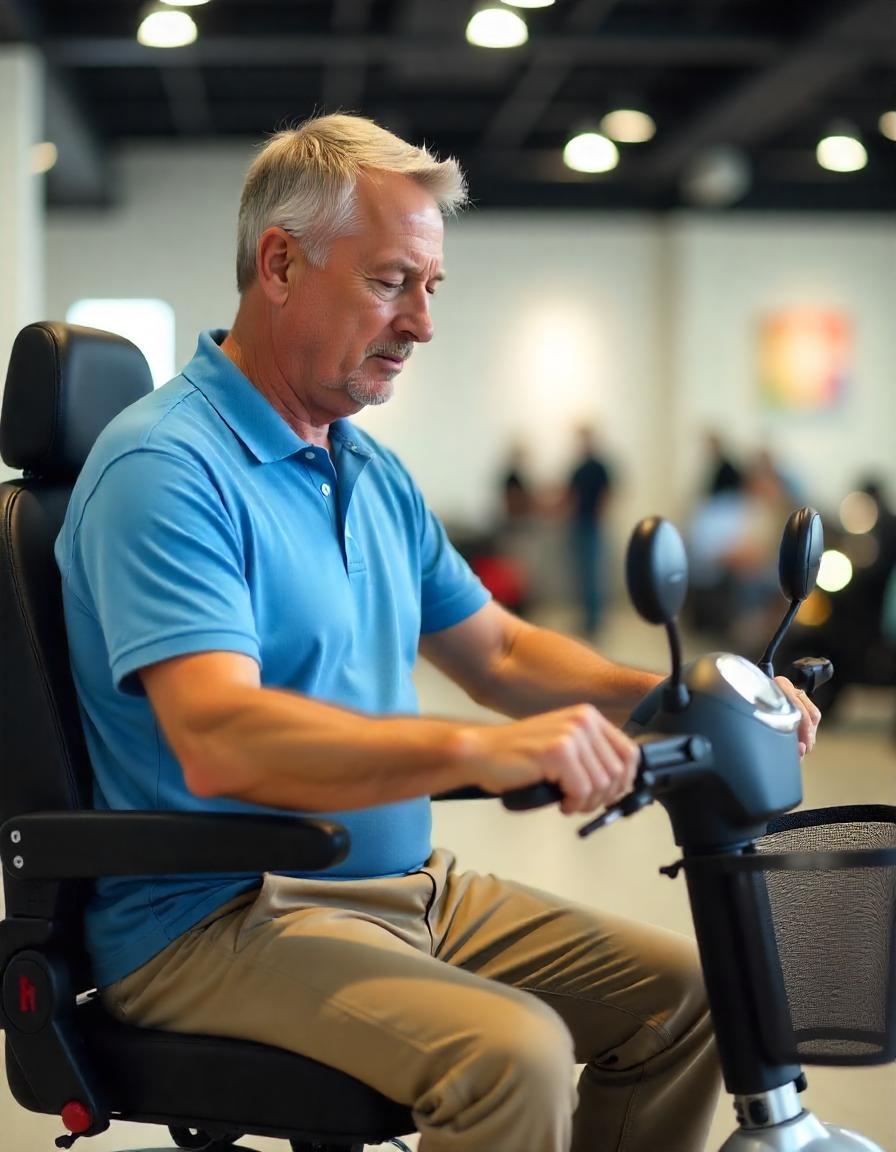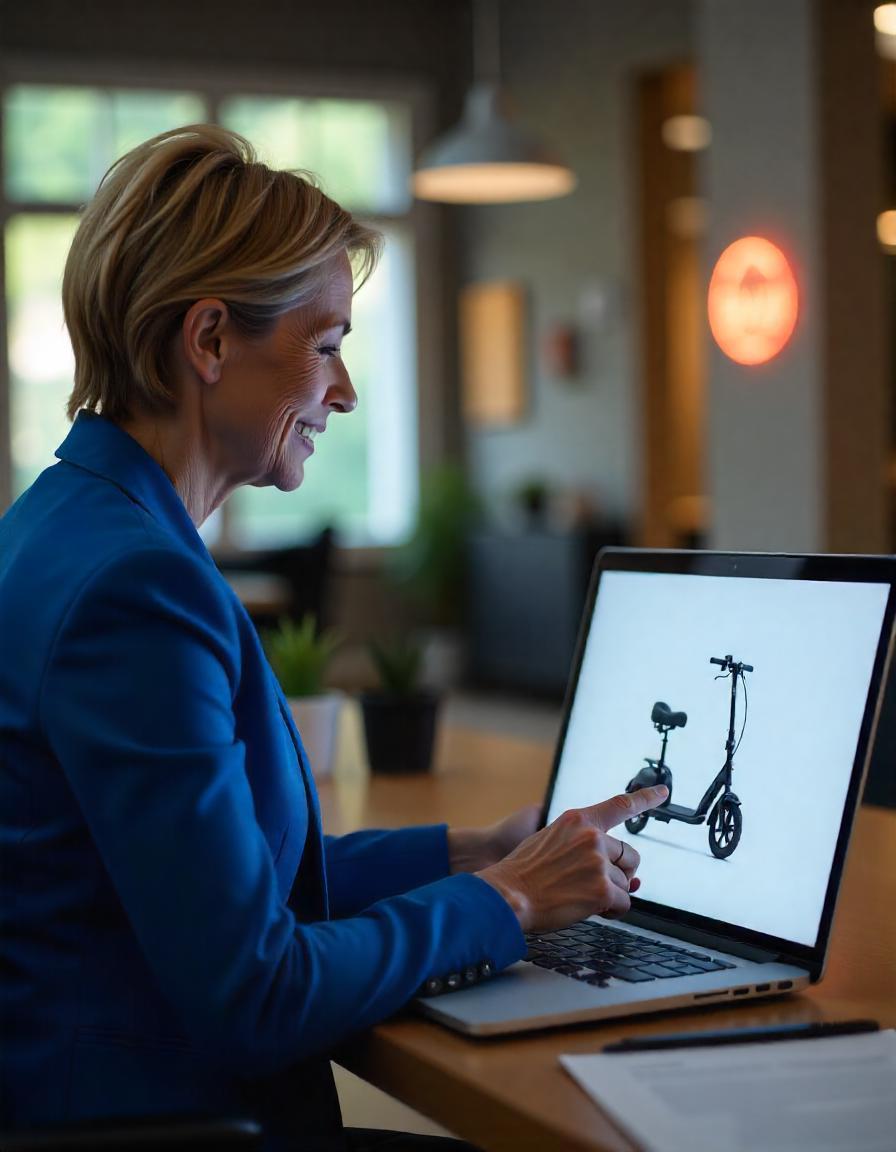Regaining independence and enjoying daily activities is a priority for anyone facing mobility challenges. Mobility scooters offer a practical solution, helping individuals maintain their freedom while improving their quality of life. Whether it’s running errands, visiting friends, or exploring the outdoors, these versatile devices open up a world of possibilities. Let’s explore the key benefits of mobility scooters and how they support independent living.
1. Enhanced Freedom and Independence
Mobility scooters empower users to move freely without relying on others. They are especially helpful for longer trips or activities outside the home, such as shopping or attending community events. For individuals who may have difficulty walking long distances, a mobility scooter ensures they can continue enjoying their favorite activities with ease.
Example in Action
Picture being able to visit a nearby park or neighborhood market on your own. A mobility scooter makes this possible, fostering a greater sense of independence.
2. Ease of Use
One reason why mobility scooters are so popular is their simplicity. They are designed with user-friendly controls, making them suitable for people of all ages. Features like adjustable speed settings, ergonomic handles, and simple braking systems ensure a smooth and stress-free ride.
Key Features That Simplify Usage:
- One-touch switches for hassle-free operation.
- Compact designs for easy maneuverability in crowded spaces.
- Automatic braking systems that make navigation safer and easier.
3. Support for Social Engagement
Isolation can be a major challenge for those with mobility issues. A mobility scooter makes it easier to stay connected with loved ones, attend social gatherings, and participate in community events. By removing physical barriers, scooters help users maintain an active social life and a sense of belonging.
Why This Matters
Engaging socially not only boosts mental well-being but also contributes to a healthier lifestyle. A mobility scooter can bridge the gap between physical limitations and meaningful connections.
4. Improved Accessibility
Mobility scooters are designed to work seamlessly both indoors and outdoors. From navigating narrow aisles in a grocery store to traveling across uneven terrain at a park, these scooters enhance accessibility anywhere you need to go. Many public spaces now accommodate mobility devices, making it easier than ever to use a scooter in different environments.
Outdoor Versatility
Models equipped with larger wheels, powerful motors, and robust suspensions can handle everything from gravel paths to steep inclines. This opens up opportunities to enjoy nature walks or sightseeing trips.
5. Promoting Active Lifestyles
Staying active can sometimes feel daunting with mobility limitations. A scooter encourages physical activity by enabling users to participate in light errands, recreational activities, or outings. While the scooter handles the physical demands of travel, it motivates users to remain engaged in their everyday routines.
Examples of Active Use
- Visiting local attractions.
- Attending family events or celebrations.
- Running errands independently at the mall or town center.
6. Cost-Effective Mobility Solution
When compared to hiring constant transportation or implementing major home modifications, mobility scooters offer exceptional value. Modern versions come in a wide variety of price ranges, ensuring there’s an option that fits every budget. Additionally, the long-term savings in enhanced independence and reduced reliance on others make them an economical investment.
Financial Benefits
- Minimal running costs and affordable charging.
- Long-lasting batteries tailored for regular use.
- Reduced reliance on costly mobility aids or caregivers.
7. A Safer Mobility Option
Mobility scooters are designed with safety in mind. From anti-tip wheels to brightly lit headlamps for evening rides, manufacturers prioritize user security. Additionally, features such as padded seats and secure grips ensure comfort while on the move, reducing the risk of strains or accidents.
Safety Highlights
- Stability on rough surfaces: Four-wheel models provide added balance.
- Visibility: Many scooters are equipped with reflective features and headlights for safe use at night.
8. Boosting Confidence
One of the greatest advantages of mobility scooters is the confidence they provide. With the ability to rely on a device that’s sturdy, reliable, and easy to use, users often feel more self-assured when venturing out. This newfound confidence leads to greater overall happiness and improved mental health.
The Emotional Impact
Feeling capable and independent has a powerful effect on well-being. Knowing you can handle daily tasks and move freely helps combat frustration and anxiety.
Choosing the Right Scooter for Your Needs
With so many benefits, it’s no surprise that mobility scooters are a vital tool for independent living. When selecting a scooter, consider factors like your day-to-day activities, terrain type, and essential features (such as battery life and weight capacity). Test-driving different models can also help you find the perfect match for your lifestyle.
Final Thoughts
Mobility scooters aren’t just about getting from point A to point B. They represent freedom, accessibility, and the opportunity to live life on your own terms. By combining comfort, safety, and convenience, scooters ensure everyday tasks and adventures are accessible to everyone. Whether you’re navigating the local community or enjoying a day out, a mobility scooter is your partner in enhancing independence and maintaining an active, fulfilling lifestyle. Make the move toward greater freedom today!
